
Antec Responds to Buyer Concerns, Offering P280 and Eleven Hundred Buyers USB 3.0 to 2.0 Internal Adapter
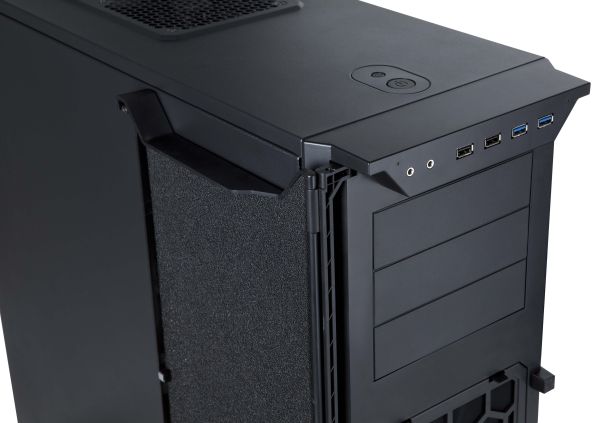
In an e-mail announcement, Antec has decided that buyers of their latest cases who don't have USB 3.0 built-in to their rigs shouldn't lose the use of two USB ports. So, interested buyers can contact Antec Customer Support and receive an internal USB 3.0 to USB 2.0 adapter. This won't embue your rig with the great throughput those blue ports normally connote. But if two USB ports just wasn't enough for you, you'll have a solution. The text of the e-mail is below.
To say we’re pleased with the response that the P280 and Eleven Hundred chassis have been receiving would be an understatement but we’re not settling. We have heard the feedback you and your readers have given us regarding the USB 3.0 internal connector. Specifically, some users who are interested in the P280/Eleven Hundred may not have this connector and wouldn’t be able to take advantage of two of the ports on the case.As a solution, effective immediately, customers may contact us (http://www.antec.com/support (or 1-800-22ANTEC in the US) and request an internal USB 3.0 to USB 2.0 adaptor. All that will be required is a proof of purchase of one of these new chassis
Read More ...
Syabas Launches Popcorn Hour C-300
Syabas launched the second generation version of their BDA licensed unit, the Popcorn Hour C-300 today.
The previous version was based on Sigma's SMP 8643, and the C-300 is based on the SMP 8647. The SMP 8647 SoC (with a 800 MHz MIPS CPU at the core) is also a part of the A-300. Except for the USB 3.0 slave functionality, almost all the interesting aspects of the A-300 are carried over to the C-300.
The C-300's support for an optional built-in BD-ROM enables it to play commercial Blu-rays and DVDs, just like a Blu-ray player. BD-Live functionality is present, though Profile 5.0 Blu-rays are probably not going to play back with full navigation. Compared to the A-300, there are some extra features like support for an RF remote and extra USB ports.
We have had the A-300 review unit for a few weeks and the player is much more stable compared to the Netgear NeoTV 550. There are a few pending bugs in that unit, but none of them are showstoppers. We are waiting for at least one more firmware update before releasing the official review.
As per forum reports, the C-300 should get around 20 - 30 MBps over the GbE port. We observed similar speeds with the A-300 review unit. This is a good improvement over the WDTV Live Hub's 10 - 12 MBps which was the first media streamer with GbE functionality that we reviewed. Like the A-300, the C-300 is also fanless and also has an aluminium body, ensuring noiseless operation. The table below presents a comparison of the features of the C-300 and the A-300.
Like every other media streamer today, we also have an apps market for premium video services. Note that we still don't get HDMI 1.4 or 3D Blu-ray ISO because the SMP 8647 doesn't support it.
The C-300 is expected to ship before Christmas, and it should make an ideal gift for the geeky media streamer fan who also wants full Blu-ray support. Note that Cinavia will be applicable to this unit, as it is an AACS licensed system. However, whether it will be implemented or not is an unknown at this point of time. AACS mandates February 2012 as the cut-off date for all BD players to implement Cinavia. However, it might be only for players manufactured after that date, and it may not make it into previous systems through forced firmware upgrades. We will discuss this further in our official review.
Priced at $349, it costs more than the A-300 (at $219). However, this is the price one needs to pay for the full Blu-ray license. Unless you have an absolute need for playing back full commercial Blu-rays, I strongly suggest going with the A-300 (as there is no threat of Cinavia in that model -- perfect for those playing back backups with their media player).
Head on over to the source link for more information and videos of the UI in action.
Read More ...
Microsoft Releases Metro-themed Xbox 360 Dashboard Update
At some point today, Microsoft will issue an update for the Xbox 360 that will roll out the latest set of changes to its gaming console, most prominently a new visual theme styled after the Metro interface on display in Windows Phone 7 and the Windows 8 Developer Preview. This is the first major interface change the system has seen since 2008's "New Xbox Experience" update, which itself replaced the older "blade" interface that shipped with the console.
In addition to the interface update, smaller, less visible changes abound: Kinect voice control allows you to navigate the console and most of its apps. Bing integration will search the console, the marketplace, and even apps for games, music, video, and other content. Beacons let you see what your friends want to play on the console and on Facebook, theoretically facilitating multiplayer matchmaking (you'll be able to share Achievements to Facebook as well). Xbox Live gamertags, profiles, and game saves are now also saveable to the cloud (which gives you about 512MB of storage space), allowing you to access this data from any Xbox 360 you sign in to. A number of TV networks will be bringing their content to the 360 (though, as with ESPN's launch earlier this year, what is and isn't available will depend on a number of different conditions, including your ISP's support). The list, which also includes some 3D support and Skype integration, goes on.
Especially given that the Xbox just turned six years old, this is a surprisingly thorough and far-reaching software update, and it emphasizes Microsoft's strength and experience as a software company (despite their hardware's teething issues). It should be available to all Xbox 360 owners soon, if it isn't already.
Source: Microsoft
Read More ...
Intel and Micron (IMFT) Announce World's First 128Gb 20nm MLC NAND
Earlier this year, Intel and Micron's joint NAND manufacturing venture (IMFT) announced it had produced 64Gb (8GB) MLC NAND on a 20nm process. Most IMFT NAND that's used in SSDs are built using a 25nm process - the move to 20nm reduces die size and in turn reduces cost over time. A single 8GB 2-bit-per-cell MLC NAND die built on IMFT's 25nm process measures in at 167mm2, while the same capacity on IMFT's 20nm process is 118mm2. Early on in any new process wafers are more expensive, but over time NAND costs should go down as they are more a function of die size than process technology.
Today Intel and Micron are both announcing a second generation 20nm part at a 128Gb (16GB capacity). This isn't just a capacity increase as the 128Gb 20nm MLC NAND features an ONFi 3 interface rather than ONFI 2.x used in the earlier 64Gb announcement and older 25nm parts. ONFI 3 increases interface bandwidth from a max of 200MT/s (IMFT 25nm was limited to 166MT/s) to 333MT/s. This has a direct impact on sequential read performance for example, as most of those operations tend to be interface bound. Note that when I'm talking about interface speed I'm referring to the maximum speed allowed between the SSD controller and the NAND itself (e.g. an 8-channel ONFI 3 controller would have 8 x 333MT/s interfaces to NAND).
Alongside the faster interface speed is yet another increase in page size. The move to 25nm NAND brought about 8KB pages (up from 4KB), the 128Gb 20nm MLC NAND solution uses 16KB pages. Because of the changes to the interface speed and page size we won't see drives/controllers use the 128Gb devices for another 1 - 1.5 years. The reason for the delay in incorporating this NAND into SSDs is two fold: 1) A 128Gb 20nm die will be pretty big (2x the size of a 64Gb die), and it'll take time for yields to improve to the point where it's cost effective, and 2) a larger page size and new interface both require a revision to the controller & firmware. Intel and Micron have both confirmed that they will not be using the 128Gb parts in SSDs until 2013.
The 128Gb 20nm parts will go into mass production in Q2 2012, giving IMFT ample time to ramp up production and work on yields before more functional deployment inside SSDs. SSD makers (and other consumers of NAND) will be able to get octal die packages using 128Gb NAND, meaning a single package can feature up to 128GB of NAND. This also paves the way for 1TB SSDs with only eight chips, or 2TB SSDs with both sides of a 2.5" PCB populated. The new Ultrabook/MacBook Air gumstick SSD form factor will be able to accommodate 512GB - 1TB of NAND using these 128Gb ODP devices.
While 128Gb parts are still some distance away, 64Gb 20nm NAND from IMFT is in mass production today. Again, don't expect to see the 64Gb parts in use in SSDs until the middle of 2012 however. Controller vendors need time to ensure support for the NAND and validate/cross-their-fingers-and-hope-it-works with their designs. IMFT also needs time to build up inventory and ensure good yields. Remember the 64Gb parts retain the ONFI 2.x support and 8KB page size of IMFT's 25nm NAND.
The big question is endurance, however we won't see a reduction in write cycles this time around. IMFT's 20nm client-grade compute NAND (used in consumer SSDs) is designed for 3K - 5K write cycles, identical to its 25nm process. IMFT have moved to a new cell architecture with a much thinner floating gate. The 20nm process is also a high-K + metal gate design, both of which contribute to maintaining endurance ratings while shrinking overall transistor dimensions.
SSDs have fallen in prices tremendously over the past few years. We're finally approaching $1/GB in many cases. With 20nm NAND due out next year, I'd say we're probably within a year of dropping below $1/GB.
Read More ...
Facebook Bug Reveals Zuckerberg's Private Photos
Facebook has since disabled the report tool and is fixing the flaw
Read More ...
IBM's New Racetrack Memory is on an IC, But Only has "One Car" Per Lane
Polished next-gen. iteration of nanowire-based memory could offer speed, power, and density improvements
Read More ...
UC Astronomers Discover Two Largest Black Holes Ever Found
These black hole’s huge realms of gravity could eat up 10 of our solar systems
Read More ...
12/06/2011 Daily Hardware Reviews
DailyTech's roundup of hardware reviews from around the web for Tuesday
Read More ...
European Commission Targets Apple, Publishers in E-Books Antitrust Probe
The European Commission has announced that it is opening a formal antitrust investigation into whether five international e-book publishers have been practicing anti-competitive tactics with the help of Apple
Read More ...
Olympus' Damning Report Pushes for Legal Action Against Executives, Replacement of Board Members
One bit of good news from the independent panel's report was that no connection to organized crime was found, after many suspected "yakuza" involvement
Read More ...
Lack of LTE Could be Deal-Breaker for Windows Phone on Verizon
Microsoft can't explain away why its communications hardware is deficient
Read More ...
Verizon Blocks Google Wallet from Galaxy Nexus
Many suspect that the reason for this is the fact that Verizon has a NFC payment system of its own in the works
Read More ...
Judge Leaks Apple's Admission That Samsung Won't Steal Its Customers
Also juicy is the revelation that IBM and Nokia bowed to Apple's licensing demands in 2010
Read More ...
Sprint Steps Up LTE Roll-Out, Handsets Arriving by Q3 2012
Company hopes to cover 120 million people with LTE by end of next year, 250 million by 2013
Read More ...
IMFT's 20nm HKMG NAND Flash Memory in Mass Production, Intel Plans New SSDs
Production could quadruple, but demand is still high
Read More ...
Available Tags:USB 3.0 , USB , Microsoft , Xbox , Intel , Facebook , Hardware , Olympus , Windows Phone , Windows , Google , Galaxy , Samsung ,


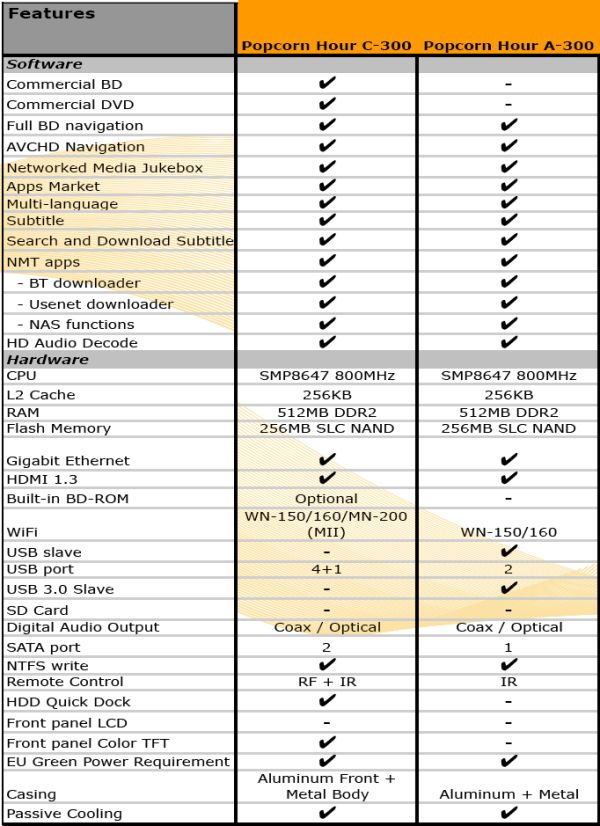
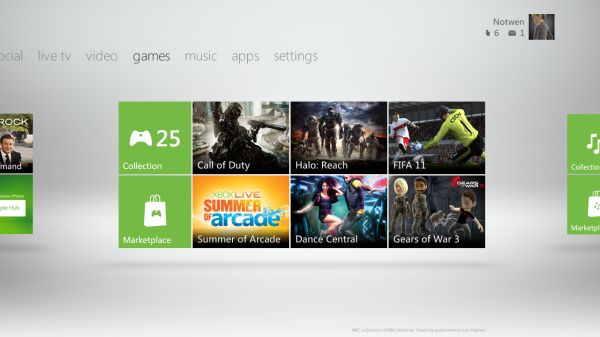
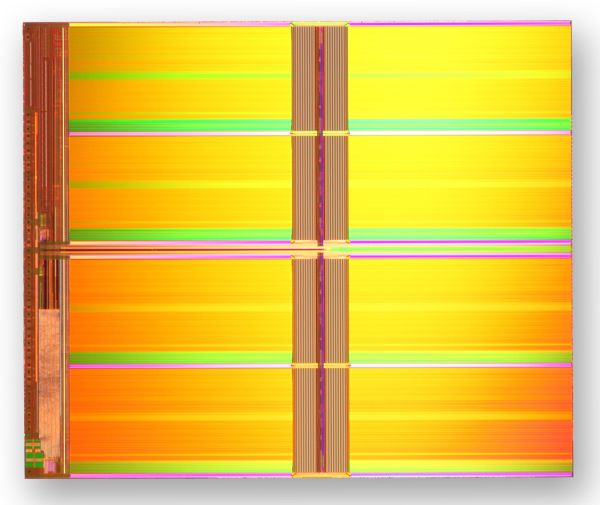
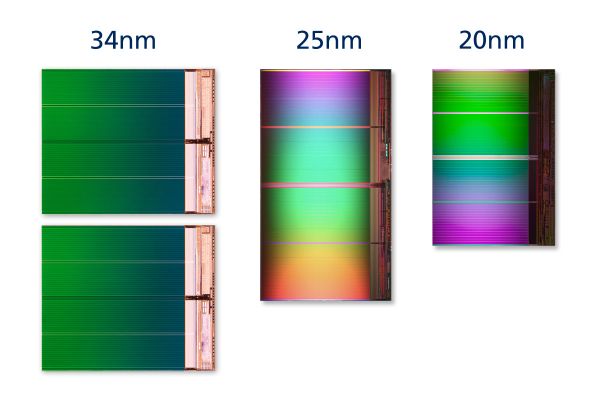
No comments:
Post a Comment